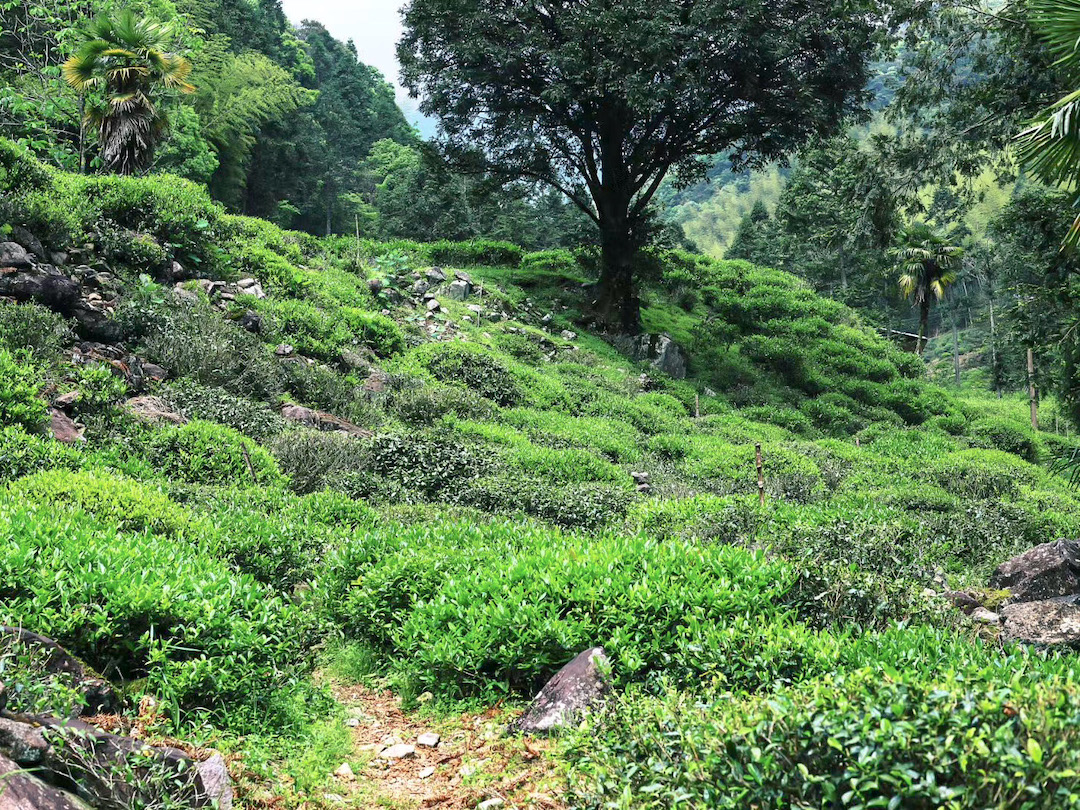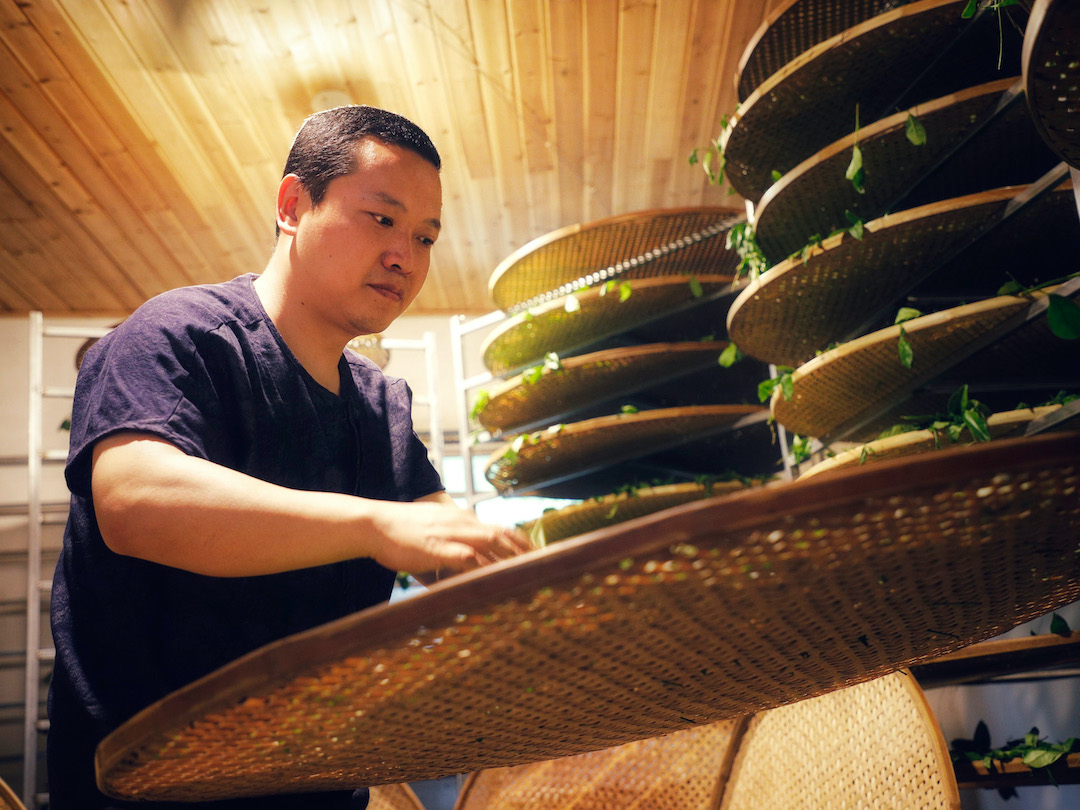
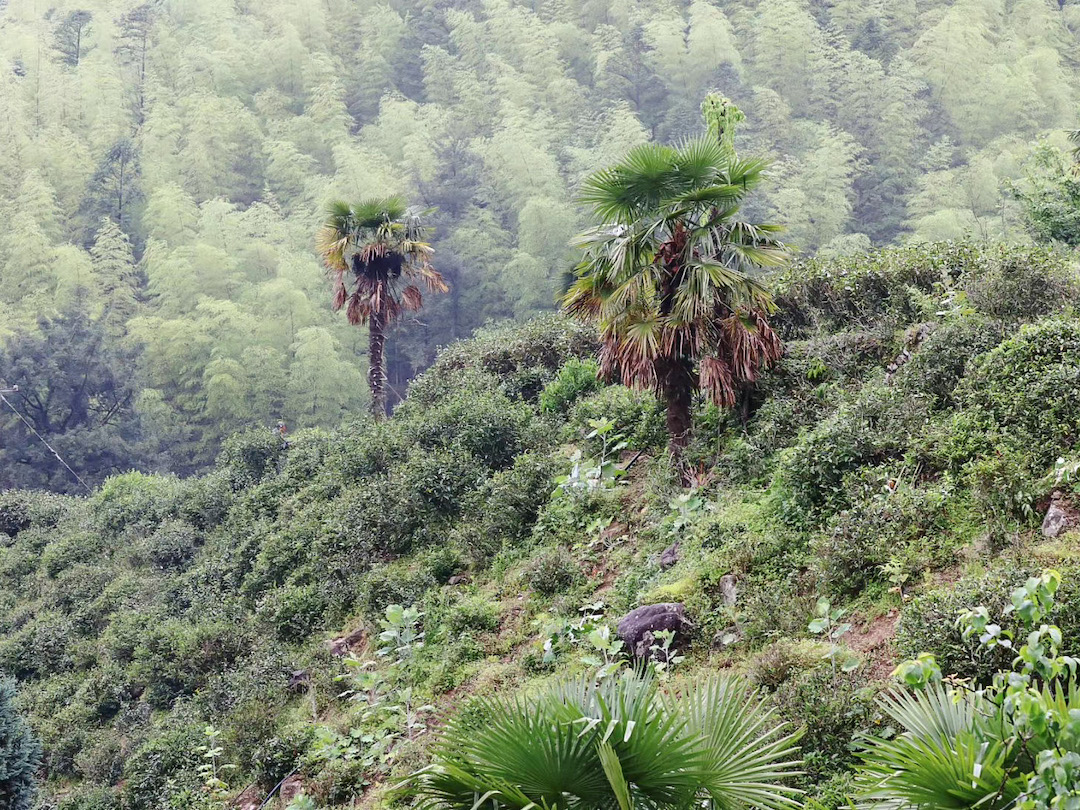
In Tong Mu Village, high up in the Wuyi Mountain range, Wu Jianming is weeding his tea garden. We know this because we called his wife and she told us he’d be gone all week with his hands in the dirt.
It’s the seventh Lunar month of the old agricultural calendar, there. In Tucson, it’s August. We are having our monsoon season, and while the rains are welcome, the weeds have a firm grip on my own gardening. Whether in Tongmu or Tucson, now is the time to pull weeds.
For Wu Jianming (or Xiao Wu, as he’ll always be known to me), the right time to weed is critical. There is even a proverb that points it out:
七挖金
八挖银
九挖铜
“The 7th [month] digs gold,
the 8th digs silver,
the 9th digs copper.”
There’s something to that old saying. A tea bush’s root growth mostly happens in the fall, so weeding in the summer allows the weeds to decompose and for any root damage coming from the weeding to heal.
Therefore the tradition continues for Xiao Wu as the cycles of the calendar turn. Although he adheres to old ways in this case, really he represents modern tea mastery. It’s not surprising that he is a native son of Tong Mu Village.
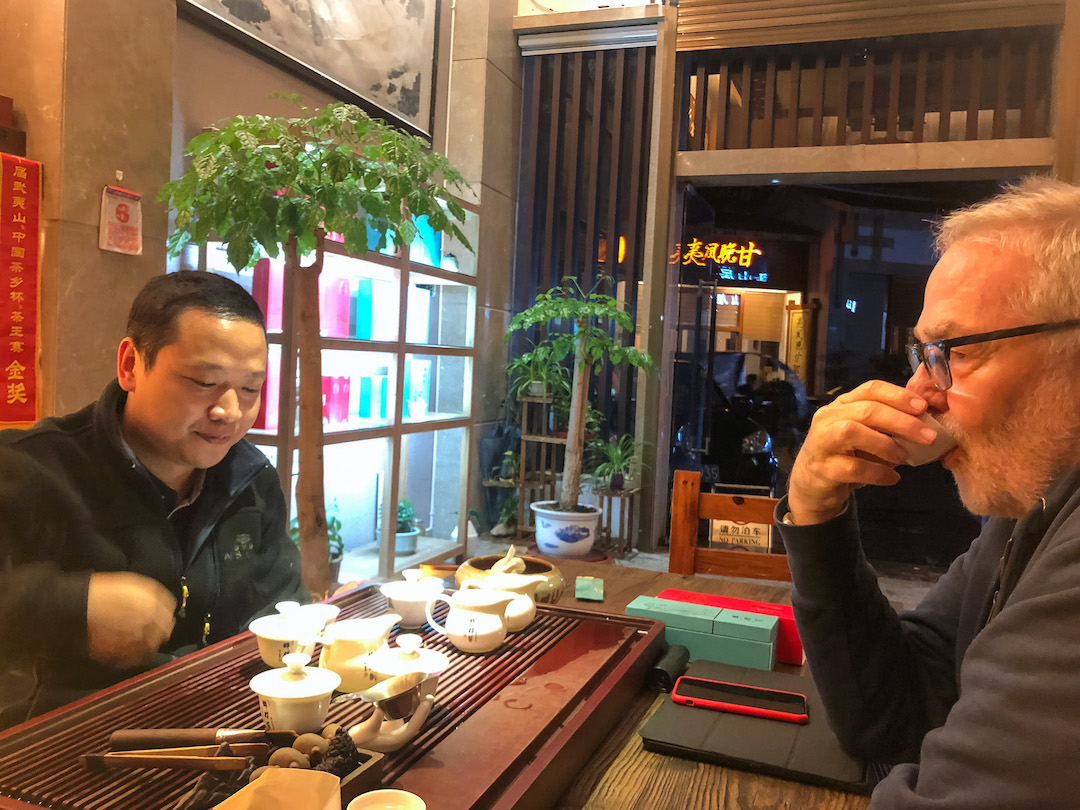
I think it would not be possible to overstate the importance of Tong Mu Village in the development of the international tea market, a $100 billion a year industry. Tea is the most consumed beverage in the world next to water, but it might have very well remained a custom specific to Asia, were it not for Tongmu village and its invention of black tea.
Tong Mu and its tea also played a major role for us on a personal level—in the evolution of Seven Cups and the values that have shaped our company.
It began for us in November of 2003. We attended a tea conference in Wuyishan celebrating Wuyi Yancha Rock Wulongs. While I was caught up in a meeting with Wuyishan officials, Zhuping was out in the halls talking to tea producers. In particular she met Jiang Yanxun, manager of Tongmu village’s largest tea factory and one of the minds behind future Jin Jun Mei. He was unprepared when she asked him for samples of his tea, but Mr. Jiang made it back down the mountain with a suitcase full of tea around midnight that night, when we were in our hotel room. We drank tea and talked until about 2:00 in the morning.
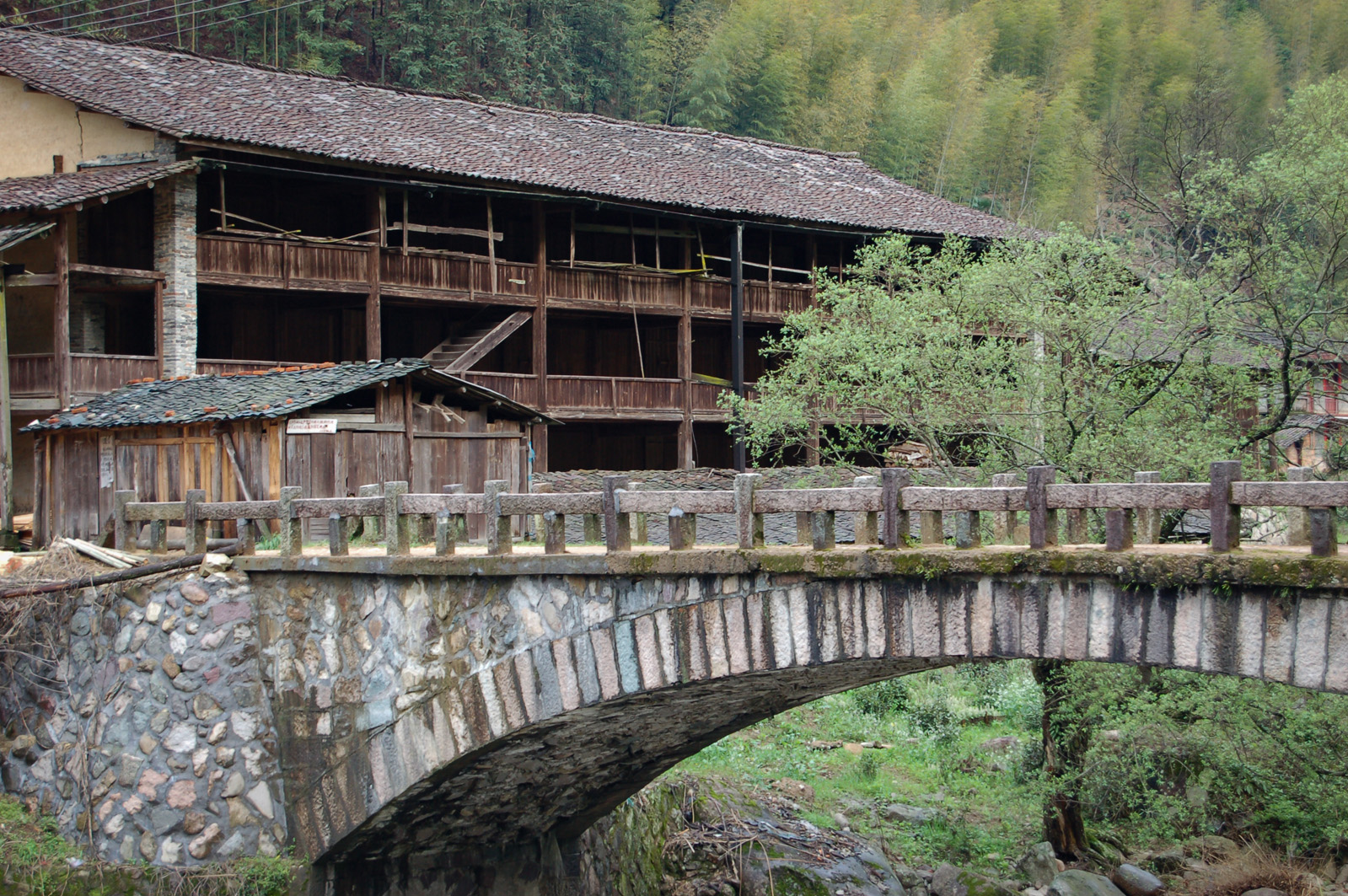
At 6:00 in the morning the fire alarm went off. Zhuping refused to get up, so I got out of bed and went up to the front desk to check it out. When I came back to the room, I told Zhuping that it was a false alarm, but I was concerned that I could smell smoke. (Turns out, it was the smokey suitcase full of Lapsang Souchong Mr. Jiang brought us.)
We made it back to America with some rock wulong, and some original Lapsang Souchong. At that time, Tongmu village had just recently received Geographic Indicator designation as the origin of true and original Zhengshan Lapsang Souchong black tea. For us, having that Lapsang Souchong was foundational to our early catalog. It affirmed that our standards for direct-sourcing, transparency, authentic origins, and traditional tea makers were possible and we sought to maintain it for all of the teas we imported.
The next year Jiang Yanxun, Xiao Wu, and I took a road trip together to promote tea trade between America and China, then a new WTO member. We visited a list of old masters, many of whom we are still buying tea from.
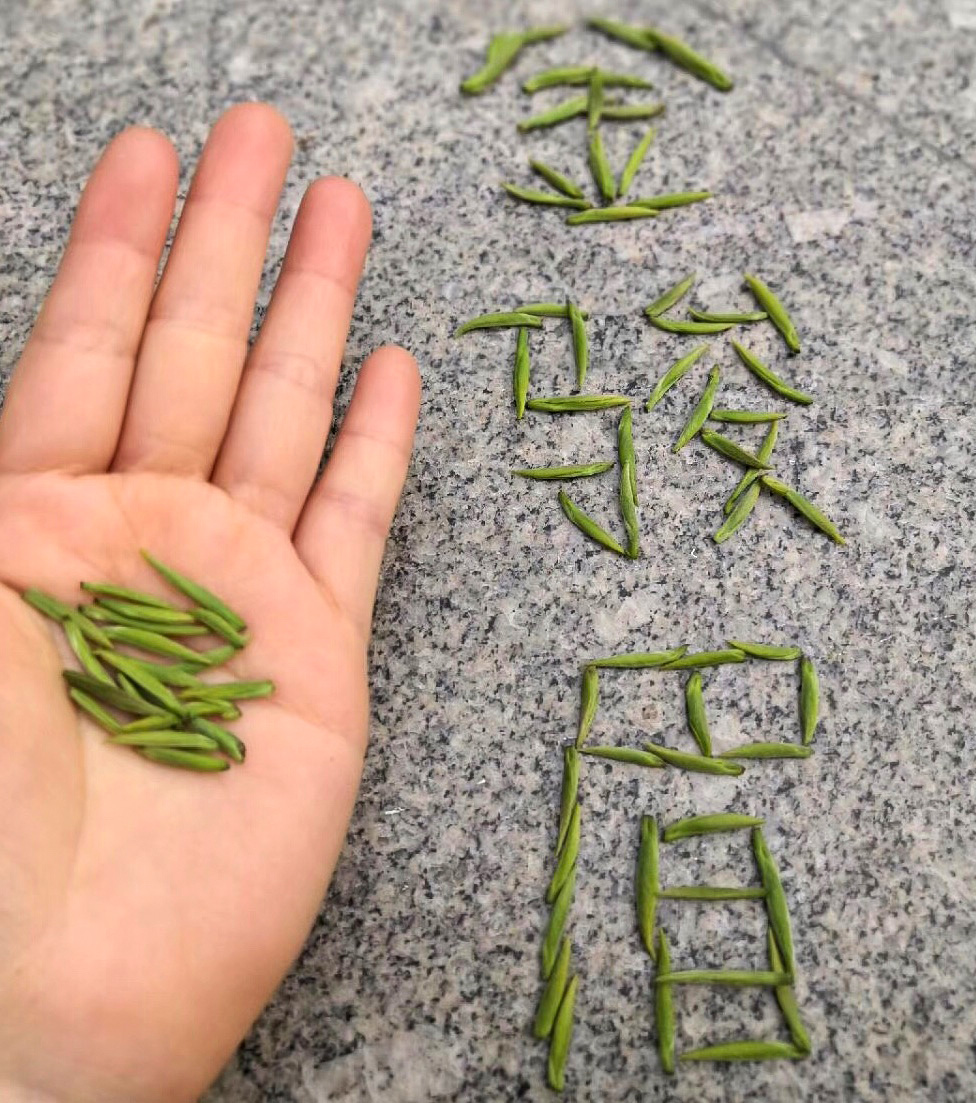
Shortly after, in 2005, the factory boss Mr. Jiang and tea maker Mr. Liang developed Jin Jun Mei (Champion Steed). When it hit the wider market in 2007, it changed things for Chinese tea drinker. It became one of the most sought after expensive teas in China. I think it is important to say that China was never previously a black tea drinking country
In the same time frame but down the mountain, Wuyi Rock Wulong ascended to new heights of popularity, with Liu Guo Ying among the vanguard, dedicated to elevating the skills of the whole Wuyishan Community. Almost overnight, the tea market pivoted its focus from tea-for-the-masses to small production of hand made tea with extraordinary quality.
To everyone’s surprise the market for that extraordinary tea was not America and Europe, but the emerging middle class in China.
There were few people as well positioned as Xiao Wu to take advantage of this new market.
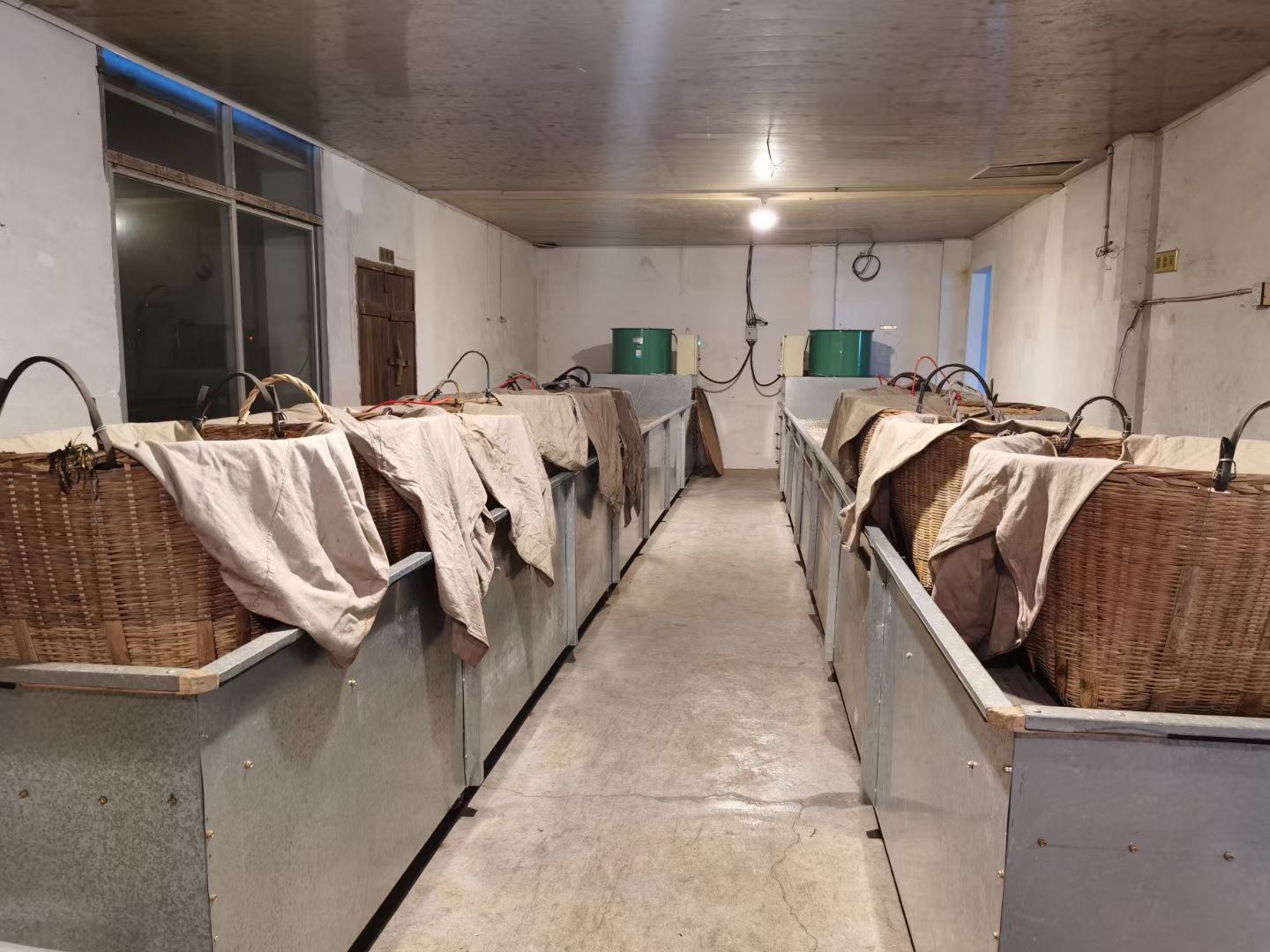
At that time, Xiao Wu had been working with Seven Cups for a couple of years. The computer skills he learned in the Army proved useful on many levels. He helped tea makers get organic certifications and helped Seven Cups acquire a Chinese export license for tea—as far as I know, the only American company to receive such a license.
The work and travel also exposed him to tea from Fujian, Anhui, Zhejiang, and Chaozhou as Seven Cups continued to build relationships with tea makers.
He was my frequent roommate on these trips. He was often determined to communicate complex ideas to me in Chinese, believing I’d understand anything if he just spoke slow enough and loud enough. If I still didn’t understand, he’d say it again, even more loud and slowly. This would continue until someone else could help us interpret.
Despite sometimes-delayed communication, we worked closely together on projects (like securing our very first catalog of Dancong wulong) and became close friends.
Just about that time, on a visit home, he fell in love with Yu Shuang, a beautiful local girl that could speak English. Before too long she gave birth to twin boys and Xiao Wu needed a career closer to home.
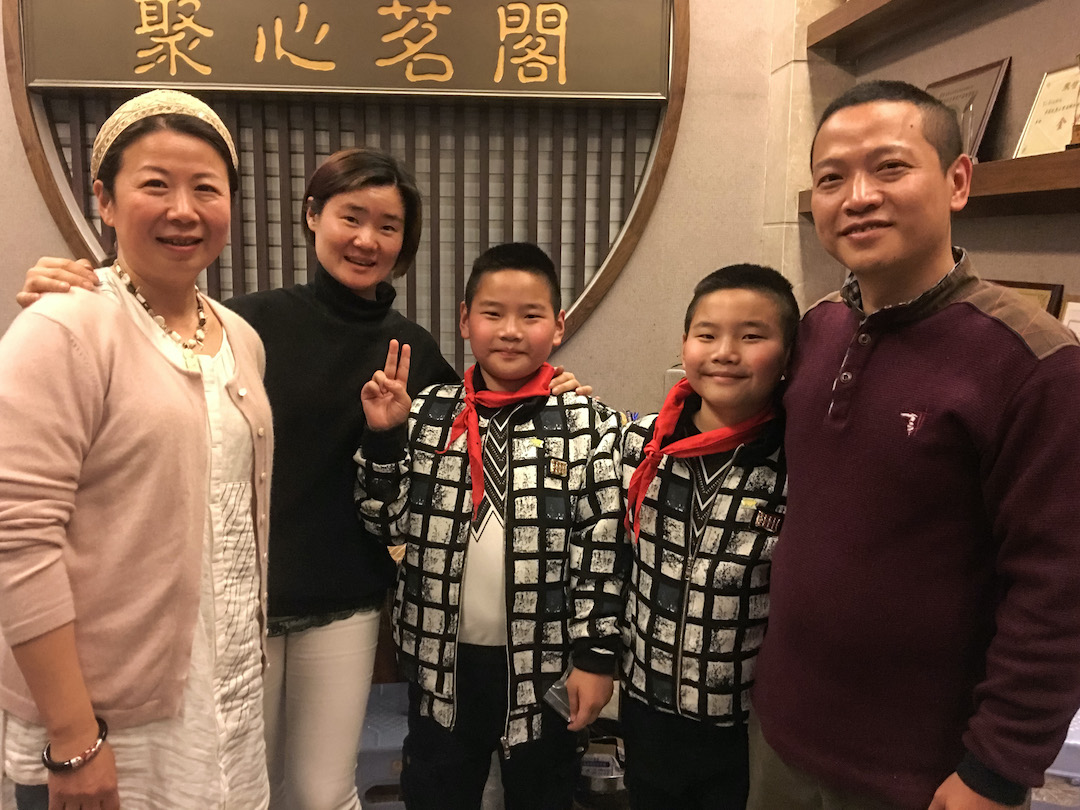
Drawing on his local and professional relationships, Xiao Wu found his teachers for tea production in two legends: Liang Junde for black tea and Liu Guo Ying for rock wulong.
Xiao Wu has since mastered the art of tea making. He brought creative innovation to his teas. His Zui Qun Fang (Drunken Peach), a combination of black and wulong tea techniques, is my favorite black tea. I am so proud to be his friend, having known him since the time when was kid straight out of the army and now that he has grown into such a respected tea maker.
Although his skills and reputation have grown, he’s still ready to do the hard work himself, pulling weeds, tending his tea bushes, and getting ready for the future ahead.
